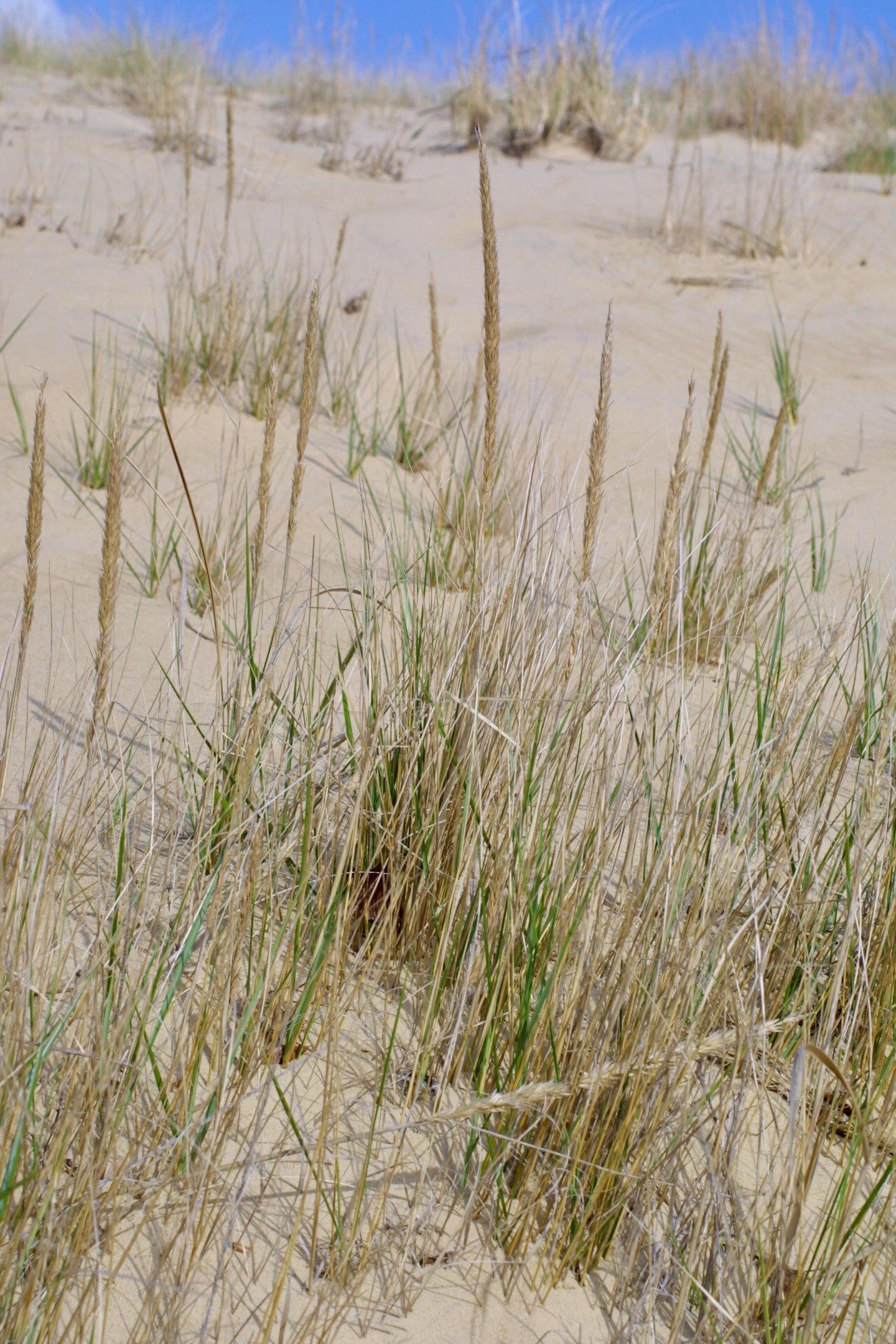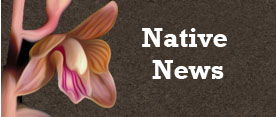NC Native Plant Society:
Plant Details
Panicum amarum
Seabeach Grass, Coastal Switchgrass, Bitter Panicgrass
Scientific Name: |
Panicum amarum |
|---|---|
Genus: |
Panicum |
Species Epithet: |
amarum |
Common Name: |
Seabeach Grass, Coastal Switchgrass, Bitter Panicgrass |
Plant Type |
Grass/Sedge/Rush |
Life Cycle |
Perennial |
Plant Family |
Poaceae (Grass Family) |
Native/Alien: |
NC Native |
Invasive Status: |
(*Key) |
Size: |
3-6 ft., 6-12 ft. |
Light: |
Sun - 6 or more hours of sun per day |
Soil Moisture: |
Dry, Moist |
Bloom Time: |
July, August, September, October, November |
Growing Area: |
Sandhills, Coastal Plain |
Habitat Description: |
Var. amarulum, Southern Seabeach Grass: coastal dunes and shores, sandflats, and sandhills, blooming from Jul-Nov. Uncommon in NC coastal plain. |
Leaf Arrangement: |
Alternate, Basal |
Leaf Retention: |
Deciduous |
Leaf Type: |
Leaves veined, not needle-like or scale-like |
Leaf Form: |
Simple |
Life Cycle: |
Perennial |
Wildlife Value: |
Has some wildlife value |
Landscape Value: |
Recommended and Available |
State Rank: |
S3: Vulnerable (*Key) |
Global Rank: |
G5 - Secure (*Key) |
Notes: |
Cultivar available. Planted as a beach stabilizer. |
|
Compressed panicle of flowers Dare County NC
Lisa Lofland Gould |
|
Links: |
https://auth1.dpr.ncparks.gov/flora/plant_list.php https://gobotany.nativeplanttrust.org/species/panicum/amarum/ https://plants.ces.ncsu.edu/plants/panicum-amarum/ |
back to top
go to plant details search
go to plant images search
go to gallery home
back to Initial p Gallery
back to orchids
back to Carnivorous Plants
back to Trilliums




